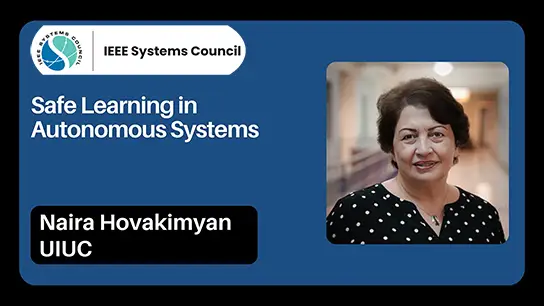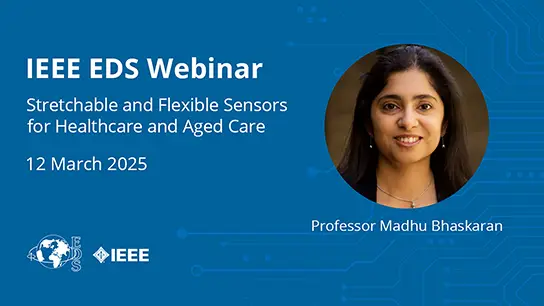Integrated CMOS Non Reciprocal Components for Full Duplex and 5G mm Wave Applications Slides
Harish Krishnaswamy
-
Members: FreeMTT
IEEE Members: $9.00
Non-members: $14.00Pages/Slides: 67
12 Mar 2019
Lorentz reciprocity is a fundamental property of linear time-invariant passive circuits and systems constructed from conventional materials. However, non-reciprocal components, such as circulators, enable new wireless communication paradigms, such as full duplex wireless. Conventionally, non-reciprocal circulators have been realized using ferrite materials that exhibit the magneto-optic Faraday effect, and are consequently incompatible with CMOS, bulky, and expensive. Recent research has shown that reciprocity can be broken and non-reciprocal circulators can be built in CMOS using linear periodically time-varying (LPTV) circuits. This represents an interesting and unique property of LPTV circuits beyond the traditionally exploited tunable high-quality filtering in the so-called “N-path filters”. We will describe the fundamental physical principles, as well as three generations of CMOS circulators and circulator-based wireless systems that target emerging full-duplex and 5G millimeter-wave applications.



